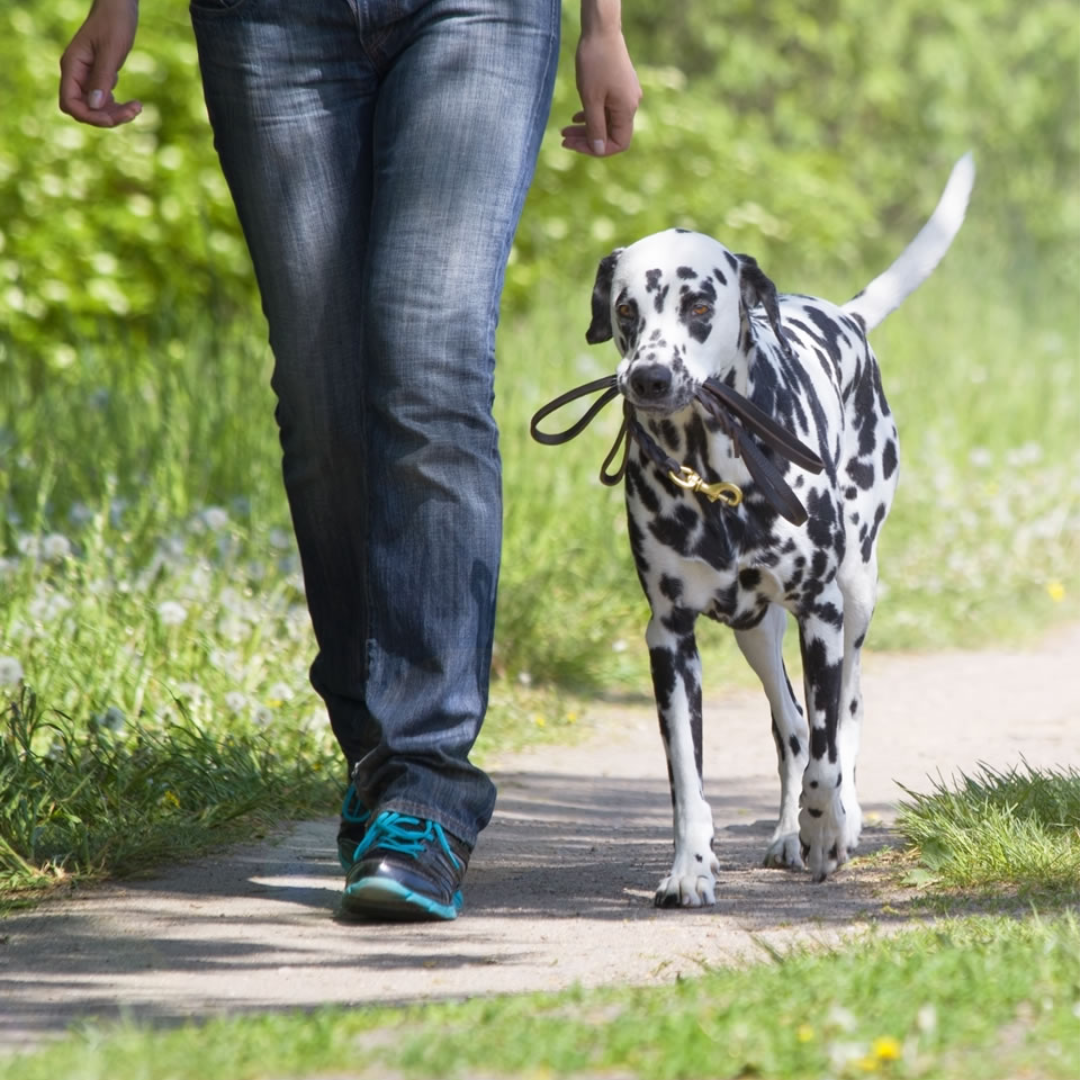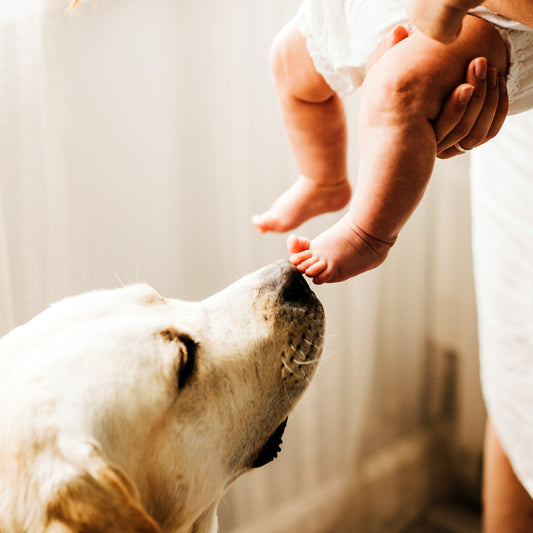But first, make sure you have the proper accessories for taking your dog for a walk. It wouldn’t do, for example, if your lead breaks when your pooch spots a squirrel and goes lunging after it. Make sure you have a well-constructed lead that’ll hold up.
Do the same for your little buddy’s collar or harness. A leather collar won’t let you down, as long as you have the right size: not too tight, not too loose. If your dog is small enough for a harness, use one made of leather, perfect when it matches your leash. It remains supple and strong for years.
Know the Law
Letting your dog off-leash is illegal in many places at certain times, including in New York City. Know the rules wherever you are. Most city parks post signs about leash regulations. In Central Park, for example, you can let your dog off-leash from 6:00 to 9:00 AM and from 9:00 PM to 1:00 AM. Thanks to smart technology and city websites, you can locate the rules about any park in just a couple clicks on your phone.
Many states — with the exception of Alaska, Florida, Georgia, Idaho, Indiana, Kansas, North Dakota and Vermont, at least in 2015 when the latest report was available — have some requirement for keeping dogs under reasonable control in public, at least during certain times and in specific places. Sometimes, though, the phrase “under reasonable control” means only that your trained dog is never out of your sight. To avoid fines, obey the leash and tag laws in your city.
Safety Above All
Once you know the law, you may be tempted to set your puppy free when it’s legal. But there are several other factors to keep in mind. Of course, you want your pooch to be safe. Make sure he’s up-to-date on all his shots. It’s also a good idea to microchip him just in case, even for on-leash excursions. But a greater concern is for the safety of other people and pups.
Even if you can do so legally, it pays to be considerate. Tips for letting your dog off-leash safely include:
- Survey the area with your pet on-leash to help him —and you — become familiar with the territory before letting him go. Look especially for areas where your dog may become lost or confused. If it’s not enclosed, set clear boundaries for your pooch.
- Keep your eyes open and be mindful of any potential dangers or hazards. Injuries and poisonings occur because of hidden dangers, such as snakes or chemicals, that lie just off the beaten path.
- Watch for other dogs in the area. Ask their handlers if letting your dog off-leash is going to pose a problem for them. Allowing your dog off-leash isn’t simply trusting him to behave. You have to be aware of other dogs in the area that may pose a danger.
- Above all, watch your dog constantly when he’s off-leash. Don’t be distracted. Your little buddy is your responsibility. Don’t let him eat anything or go anywhere he shouldn’t.
No matter how friendly your pup is to other people and other dogs, you never know how they will respond. Some people are deathly afraid of dogs and other animals. Some canines behave very differently on-leash and off-leash. In the words of some laws: “Keep your dog under reasonable control.” If he doesn’t respond to your voice commands even without distractions, think twice about letting your dog off-leash.
Prepare for the Worst
The best intentions only go so far. Know what to do in case your pet makes a break or causes a scene. Tips for what to do in a situation with your dog off-leash include:
- Remain calm. Your pup can sense your fear, anger or anxiety. Yelling or making threats is a good way to keep him on the run. Speak firmly but kindly, with assured confidence. Never run after him. The worst thing you can do is encourage him to run faster or further. Stand your ground and use your word commands.
- Walk away. Though it seems counterintuitive, sometimes it works to turn your back on your pooch and walk slowly back to your car. Your dog adores you. He doesn’t want to be left behind. If he refuses to listen, pretend you’re leaving. He may run to you so fast, he knocks you over.
Once you get ahold of him, slap the lead on his collar or harness. Maybe put him through his training on-leash for good measure. Show him you’re the master, and he has to do as you command. Then praise him when he does. Positive reinforcement works best.
Having Fun Together
Every dog loves to run. Even teacup breeds enjoy a chase. Many dogs were bred for hunting, after all. Letting your dog off-leash is an excellent way for him to burn off excess energy. Free time means your puppy can run faster and further because he doesn’t have the burden of his human in tow. But even freedom-loving dogs want something to do.
And that’s where outdoor pet toys come in handy. For outdoor fun, a frisbee is a classic toy because you can throw it back and forth between you and a friend while your pup chases down errant throws. But don’t discount the familiar rubber toy. It’s durable, and you can throw it a long way. Other great outdoor toys include:
- Gorilla balls to keep them busy for hours
- Orbee world balls to keep your pup busy and engaged
- Monster mouth toy for indoors or out-of-doors to dispense treats!
There’s No Shame in Bribery
Treats are a wonderful part of every outing. The positive reinforcement leads to your pet’s healthy habits. Use treats and praise to reward, encourage and promote good behavior, both on and off-leash.
And in a worst-case scenario, there’s no shame resorting to incentive when voice commands don’t work. Give your treat bag a good, loud shake. Let him hear what he’s missing out on. This technique has an exceptionally high success rate because dogs love treats. Always have some favorites on hand, such as:
- Buddy biscuits, in multiple flavors — these grain-free treats are ideal for training!
- Pure Rewards wellness treat when you want to be good to your pooch and his diet
- Polkadog healthy treats in a canister that makes a wonderful shaking sound your dog’s sure to hear
- Organic cheddar treats with no wheat, corn, soy, salt, preservatives, artificial colors or flavors




